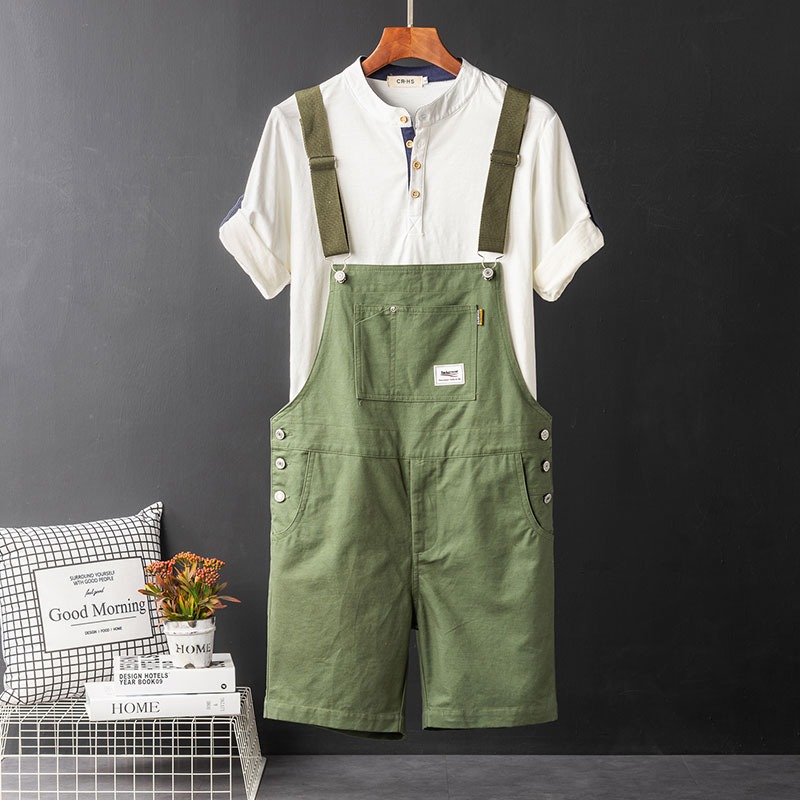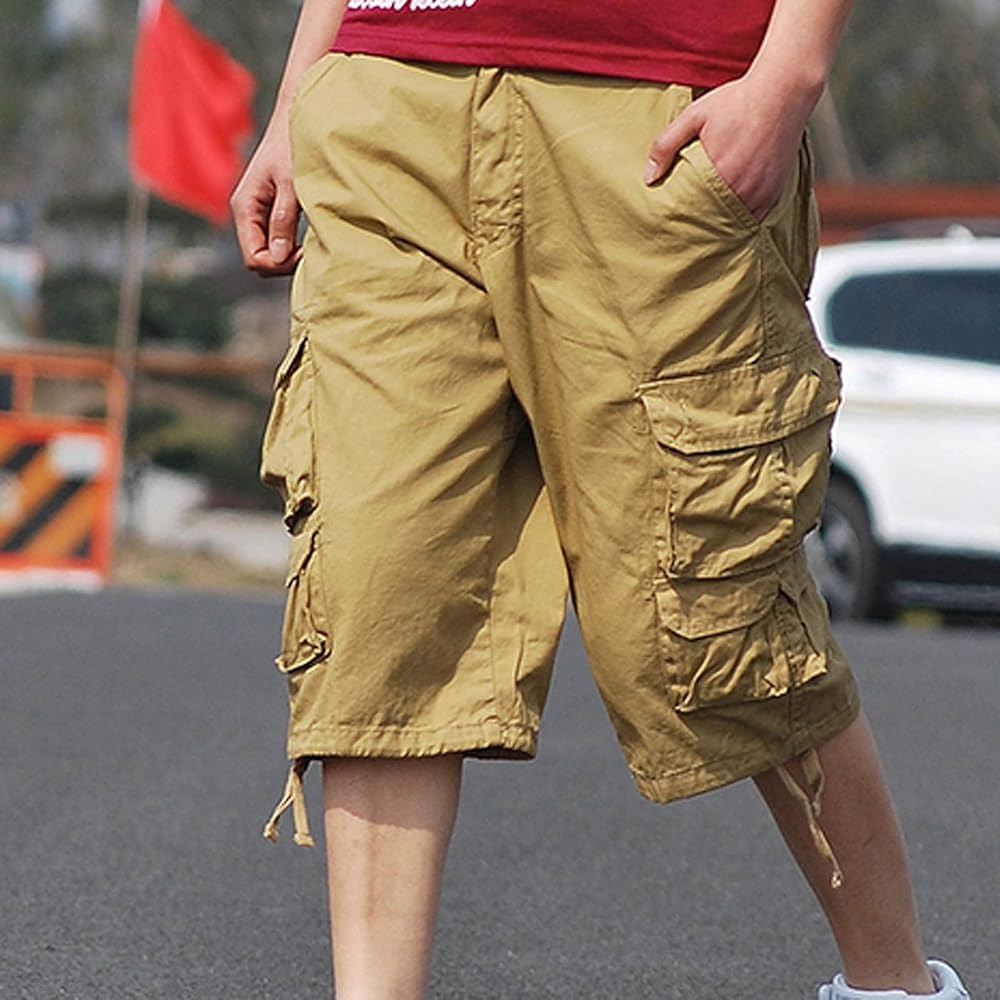Understanding Shorts Sizing
What size shorts should i wear? When you’re pondering the question, it’s vital to grasp the basics of shorts sizing. Shorts sizes vary widely by brand and style, so a clear understanding is key. Shorts typically come in standard sizes like small, medium, and large. They also feature numerical sizes, often based on waist measurements in inches. For example, a size ‘32’ usually refers to a 32-inch waist.
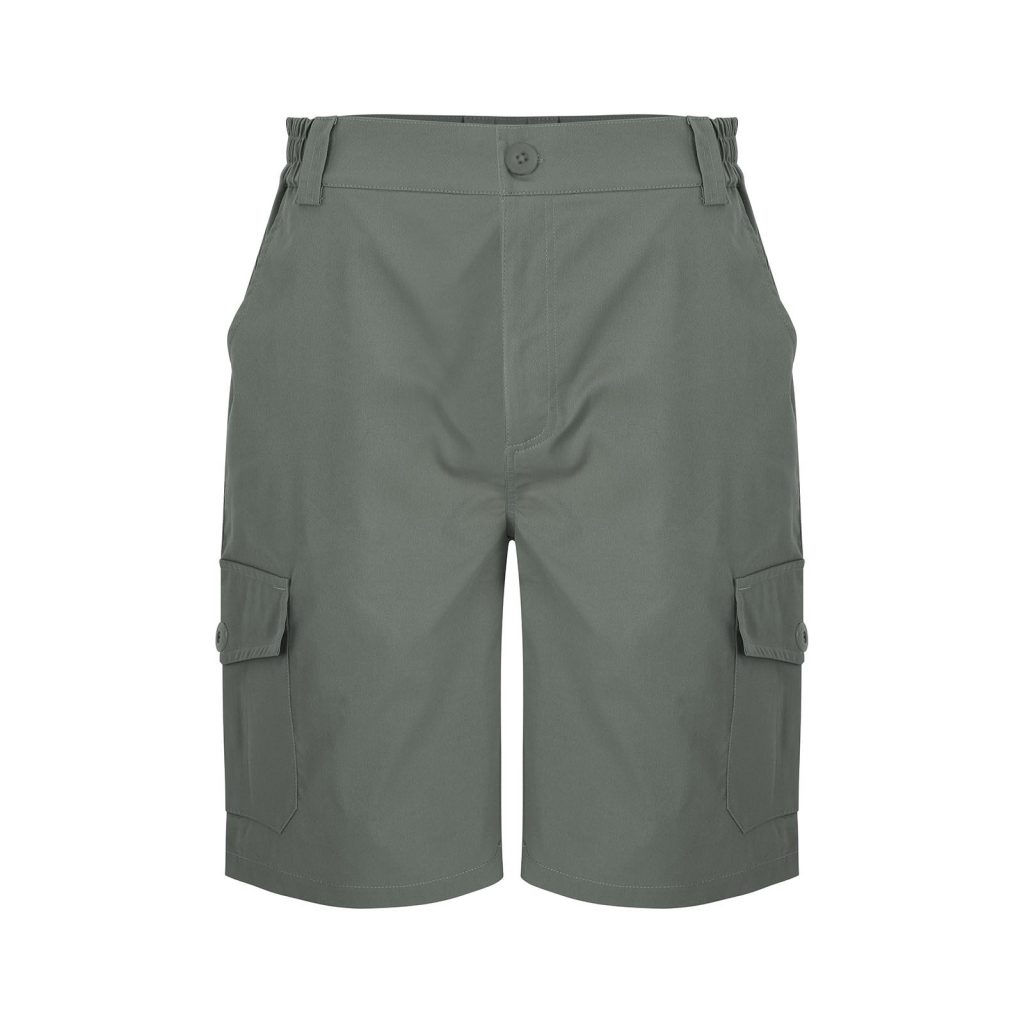
Measuring Your Body for a Perfect Fit
To find out ‘what size shorts should I wear’, precise body measurements are crucial. Begin by gathering a soft tape measure. You will need to take several measurements for an accurate fit. Measure your waist by wrapping the tape around the narrowest part of your torso. This is typically just above your belly button. Note this number down.
Next, if the shorts sizing involves hip measurements, especially for women’s shorts, wrap the tape measure around the fullest part of your hips. Make sure the tape is level all the way around for accuracy. Record this measurement too.
For certain styles, like running shorts or cycling shorts, you might also need to measure your thigh circumference and inseam. The inseam is the distance from the crotch to where you want your shorts to end. Thigh measurements ensure the shorts aren’t too tight around your legs.
The Role of Fabric and Style in Sizing
Choosing the right shorts isn’t just about the size label. Fabric and style play crucial roles too. Different materials can affect how shorts fit and feel. For example, cotton may shrink after washing, making a perfect fit tighter. Stretchy fabrics like spandex, on the other hand, provide more give and can adapt to your body better.
The style is just as important as the material. Baggy or relaxed-fit shorts offer more room and can fit more easily over various body types. Slim-fit or tailored styles might require more precise measurements because they tend to hug the body closely. Board shorts, often worn for water sports, have different sizing needs compared to denim shorts that are usually more structured.
Here are some points to consider when looking at fabric and style:
- Material Shrinkage: Check tags for information on material. Does it shrink? Choose a larger size if it does.
- Stretch Factor: Look for stretchable materials like spandex or elastane if you want a snug but comfortable fit.
- Style Fit: Know the style you’re going for. Relaxed styles might be more forgiving than slim fits.
- Activity Suitability: Are the shorts for sports or casual wear? Sports shorts often have a different fit to accommodate movement.
When you ask yourself ‘what size shorts should I wear’, remember that fabric and style determine not just your comfort, but also how the shorts will fit as you move throughout your day. Always check the product description for insights into the material and cut, as this will influence the size you should select.
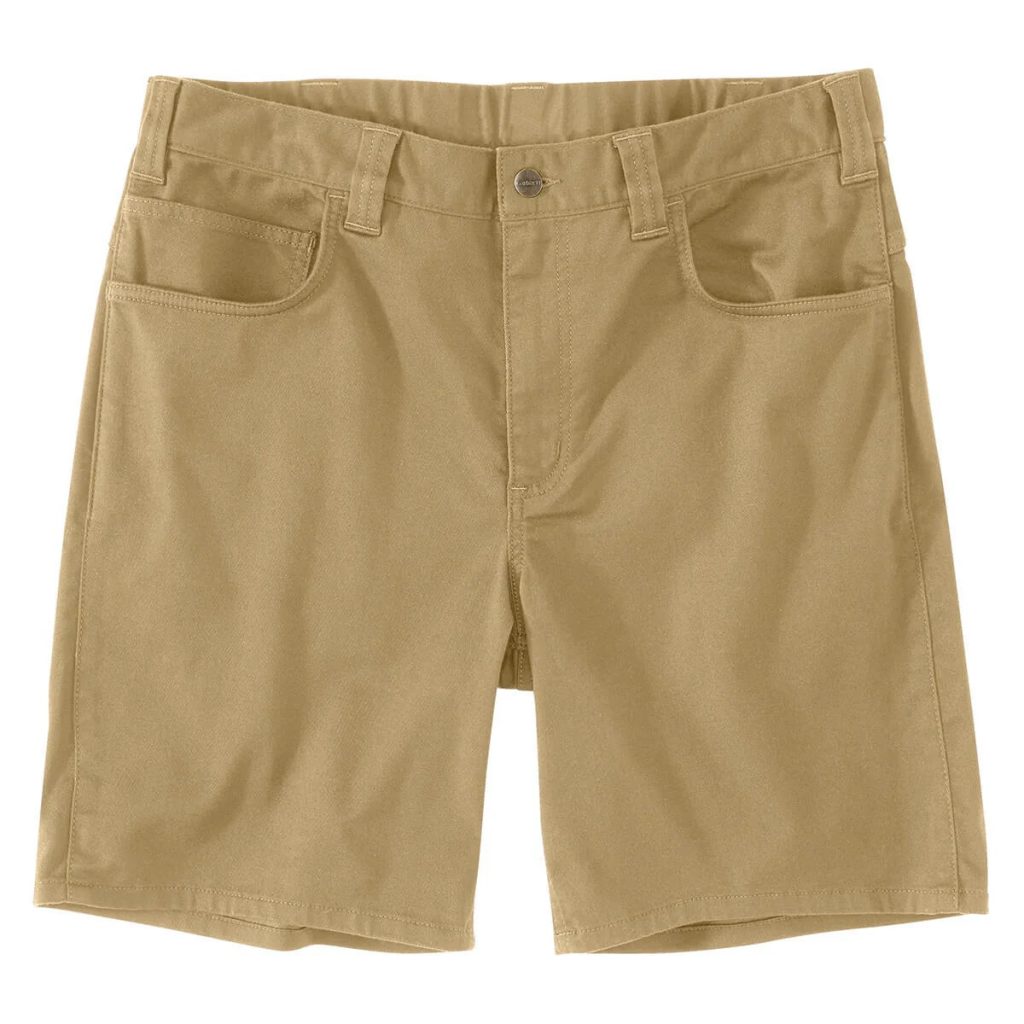
Size Charts and How to Read Them
Size charts are your roadmap to finding the perfect fit for your shorts. Each brand or manufacturer provides a chart that matches body measurements to their sizing system. Here’s how you can use size charts effectively:
- Find the Brand’s Size Chart: Look for this on their website or tag attached to the shorts.
- Check Measurement Units: Size charts might list sizes in inches or centimeters. Use the unit you’re comfortable with.
- Identify Your Measurements: Match your waist and hip measurements to the chart. If between sizes, refer to the brand’s recommendation.
- Pay Attention to Gender-Specific Sizing: Men’s and women’s shorts often have different sizing standards.
- Look for Additional Sizing Tips: Some charts offer tips for when you’re in between sizes or if the material shrinks.
- Understand the Fit Descriptions: Terms like ‘regular’, ‘slim’, or ‘loose’ fit will guide your choice depending on your style preference.
Using size charts requires attention to detail but will lead you to the most comfortable and well-fitting shorts. Don’t guess your size; the extra effort in reading and interpreting a size chart can make a considerable difference in your overall satisfaction with your purchase.
Tips for Trying on Shorts
Trying on shorts is a critical step in selecting the right pair. It’s where theory meets reality. Even with all the measurements in hand, the true test comes when you slip them on. To ensure a successful try-on session, keep these pointers in mind:
- Wear Appropriate Undergarments: Choose undergarments that are similar to ones you’ll wear with the shorts.
- Move Around: Sit, walk, and bend over. Make sure your shorts stay comfortable in motion.
- Check the Length: Confirm that the shorts are an appropriate length for your preference and needs.
- Assess the Waistband: It should fit snugly but not dig into your skin when you sit or move.
- Evaluate Pockets: If present, check that pockets lie flat and don’t bulge awkwardly when you move.
- Inspect the Closure: Ensure buttons, zippers, or drawstrings function well and don’t cause discomfort.
Remember, when you try on shorts, it’s your chance to gauge comfort and mobility. Choose a pair that feels good and serves the intended purpose, whether it’s for sports, casual outings, or formal wear. Comfort is key, so take your time with the try-on process to avoid regrets later.
The Importance of Comfort and Mobility
When picking shorts, comfort and mobility are essential. You want to move with ease and feel at ease too. Remember, shorts that pinch or bind can ruin your day. Always go for shorts that offer freedom of movement. Think about how you plan to use them. For sports, you’ll need shorts that allow for quick, free movements. Even for casual wear, opt for shorts that won’t restrict you.
Choose breathable fabrics for better airflow during hot weather. Elastic or adjustable waistbands can add comfort. They adapt as you move and sit. Consider the activity level when shopping. For high activity, look for features like moisture-wicking fabrics to stay dry.
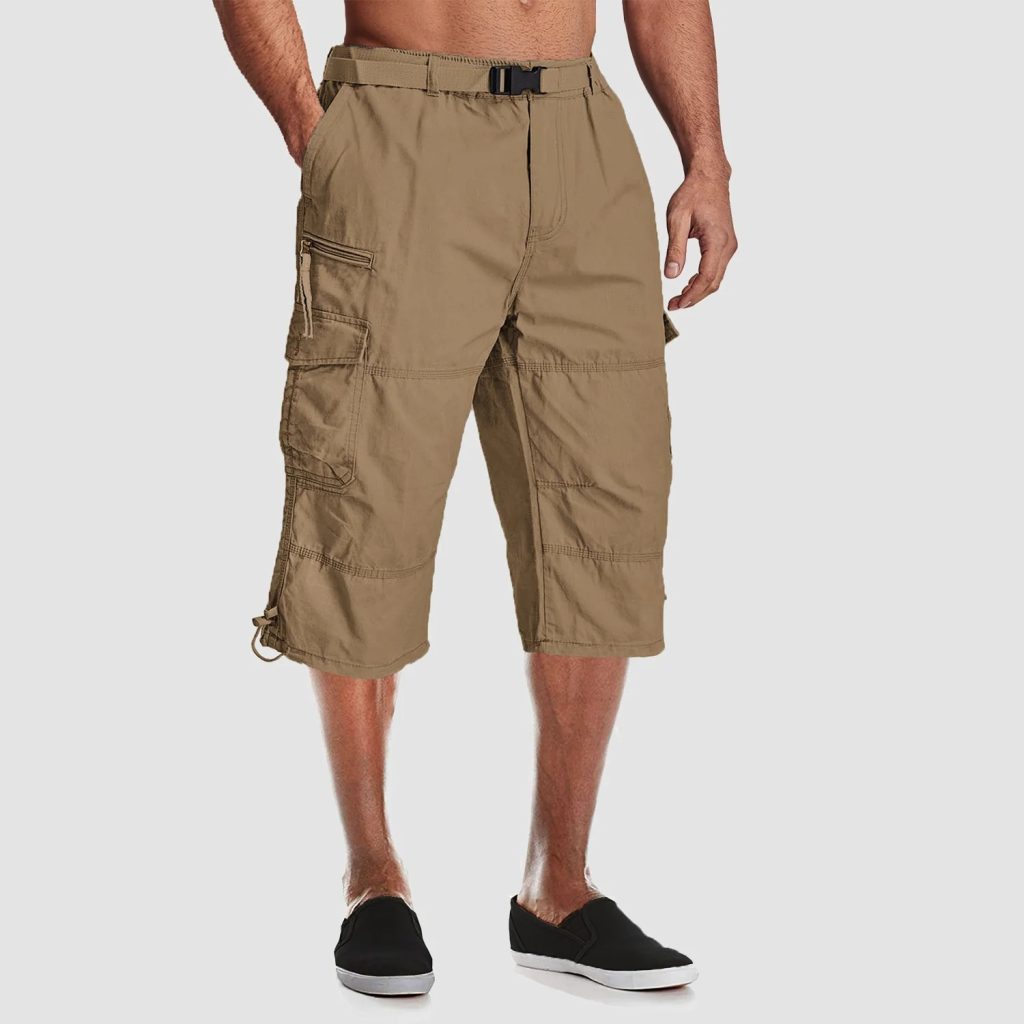
Adjusting for Different Types of Shorts
When you’re asking, ‘what size shorts should I wear?’, consider the type. Not all shorts fit the same. For example, cargo shorts have a looser cut than chino shorts. Running shorts offer more room in the thigh area compared to cycling shorts which are snugger. Here are key points to remember when adjusting for different types of shorts:
- Denim Shorts: Usually have less stretch. Go one size up if you’re in between.
- Athletic Shorts: Designed for movement, often with elastic waistbands for a flexible fit.
- Chino Shorts: Tailored fit. Follow exact waist and hip measurements for a proper fit.
- Cargo Shorts: Roomy pockets mean a bulkier fit. Try them on to ensure they don’t feel too heavy.
- Board Shorts: Meant for water sports, they’re longer and have a tighter waist to stay on when wet.
- Bermuda Shorts: Knee-length, often with a straight cut. Make sure they don’t restrict your knee movement.
Choose a style that suits your activities and comfort preference. Always try on if possible, and remember that the right shorts will provide both comfy fit and function.
Handling Sizing Variations Across Brands
Navigating brand sizing can be tricky, but it’s a key step in answering ‘what size shorts should I wear?’. Here are strategies to tackle sizing differences effectively:
- Compare and Contrast: Keep a list of sizes from brands that fit you well. Use it to compare with new brands.
- Read Reviews: Customers often mention if shorts run small or large. Utilize these insights for guidance.
- Check Return Policies: Favor brands with good return policies. This allows you to exchange if the size isn’t right.
- Contact Customer Service: If unsure, ask the brand’s customer service. They can often recommend a size.
- Allow for Alterations: Some shorts can be altered for a better fit. Factor in potential tailoring costs.
- Try Different Styles: The same brand may have varying fits. Try multiple styles to see what works.
Remember, patience is essential when dealing with brand sizing variations. Take your time to find the ideal fit for your body shape, comfort, and style preferences. The right pair of shorts is out there, and with these tips, you’ll find them.
